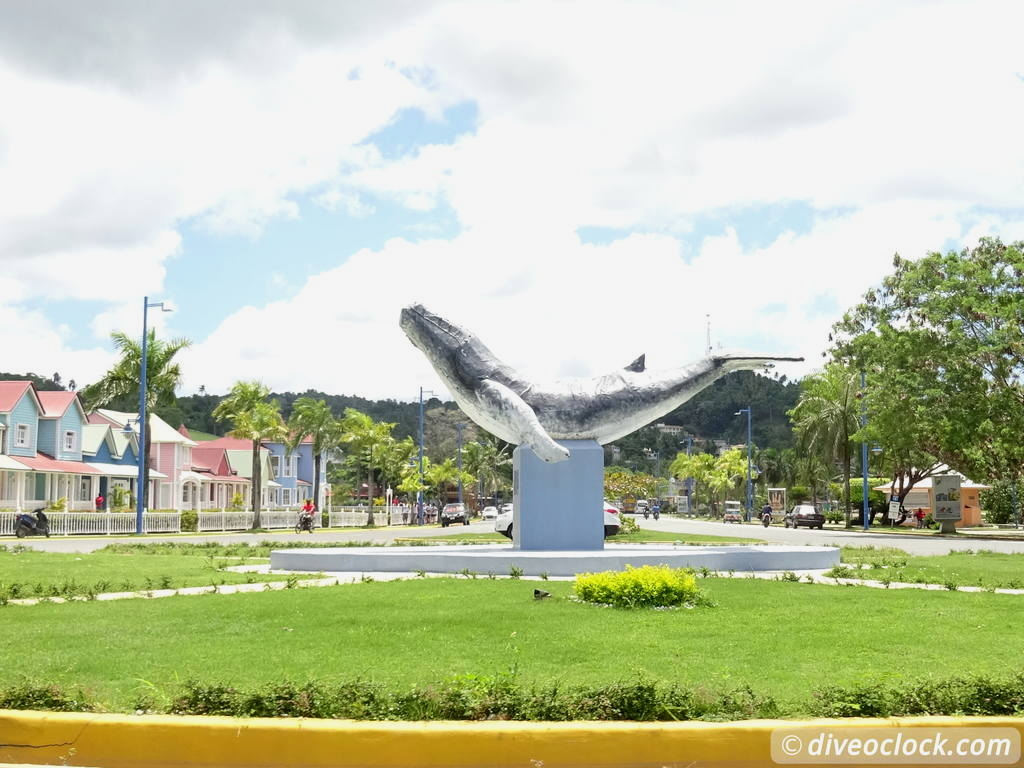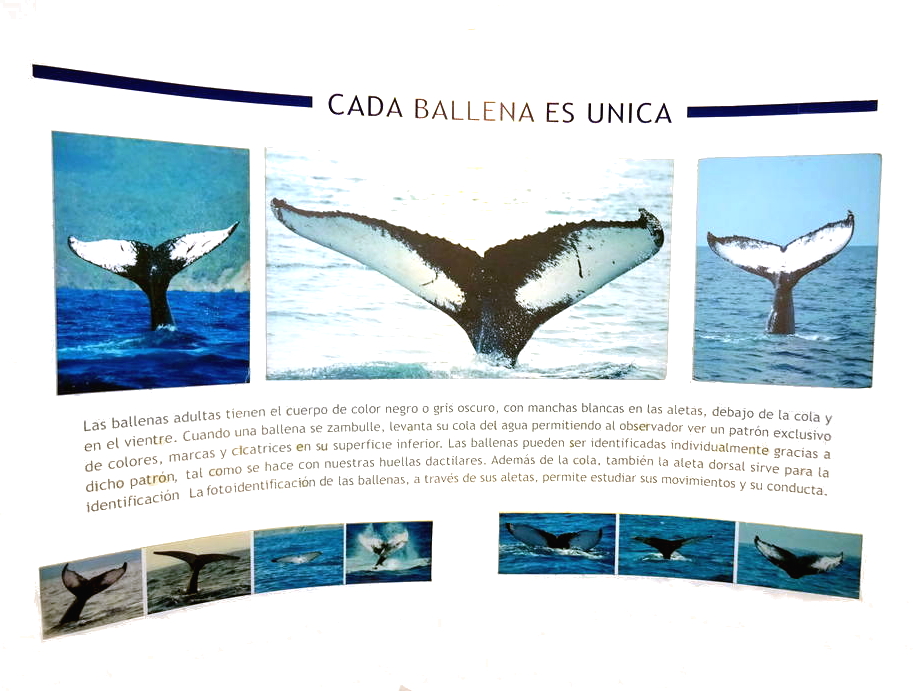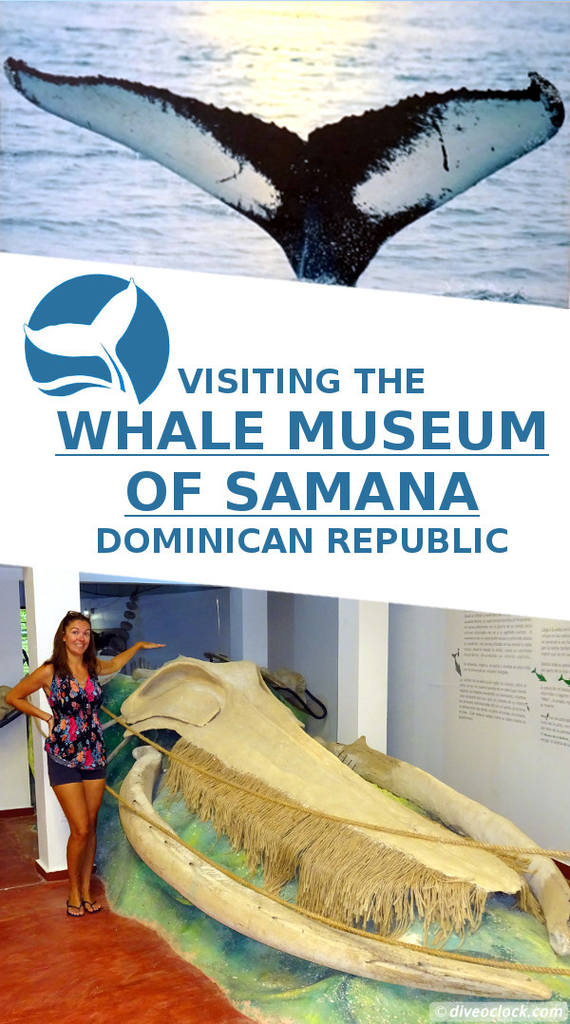Explore the Whale Museum of the Dominican Republic
Every year thousands of Humpback whales migrate through the waters around the Samana peninsula in the Dominican Republic. There is even a special museum where you can learn about these majestic creatures. The huge humpback whale skeleton in the middle of the museum might just blow your mind.
The Samana bay holds one of the largest marine mammal sanctuaries on earth. The marine mammal sanctuary protects these large animals with whale watching regulations and more. Whales come here from the Northern Atlantic Ocean to mate and calve in the warm and shallow protected bay.
As soon as you enter the town of Samana, Santa Barbara de Samana, you will see a huge humpback whale statue in the middle of the roundabout. The town is all about whale watching and every business around tries to make a little (or a lot) of money on it. From themed restaurants to all kinds of souvenirs, whales are all around.

Whale at the roundabout in Santa Barbara de Samana.

Whale tails for identification.
Museo de la Ballena de Samana
The Whale Museum of Samana or Museo de la Ballena de Samana is different. This is a non-profit exhibition that is all about education and conservation in order to keep the ecosystem healthy. As I was here during off season this museum was a great way to get a glimpse of what this area is really all about. It is a small museum, two connected rooms divided into smaller areas.Humpback whales have been an endangered species although they are off the federal endangered species list since 2016. In the museum you can learn more about how the population declined over the years and why. Did you know they can eat up to 1500 kg of food a day while they have no teeth? They have baleen, plates of keratin in their jaw to catch plankton or fish. That is why they are also called Baleen whales.
Every whale is different
At the bottom of their tail Humpback whales have unique markings. These white and black markings are like fingerprints and the way you can identify those whales - how awesome! In the photo on the right you can see various examples of how different the markings can be.Humpback whale skeleton of Nima
In the middle of the museum you can find (or actually you can not miss) the skeleton of Nima. Nima is the name they gave this Humpback Whale after she was found death on a beach in 1993.Most of the information is translated in to English plus there are a lot of info-graphics explaining the behaviour of whales. The souvenir shop was closed during my visit but I would have loved to support their efforts by buying a whale gift. The entrance fee is 100 Dominican Pesos or 3 USD, of course you can donate a bit more.
If you like this post, hit that like button on our Facebook page and stay tuned for more!
Marlies Wolters
Founder of Dive O'Clock "It's dive o'clock somewhere!"
Founder of Dive O'Clock "It's dive o'clock somewhere!"

Continue reading
Share this page:














